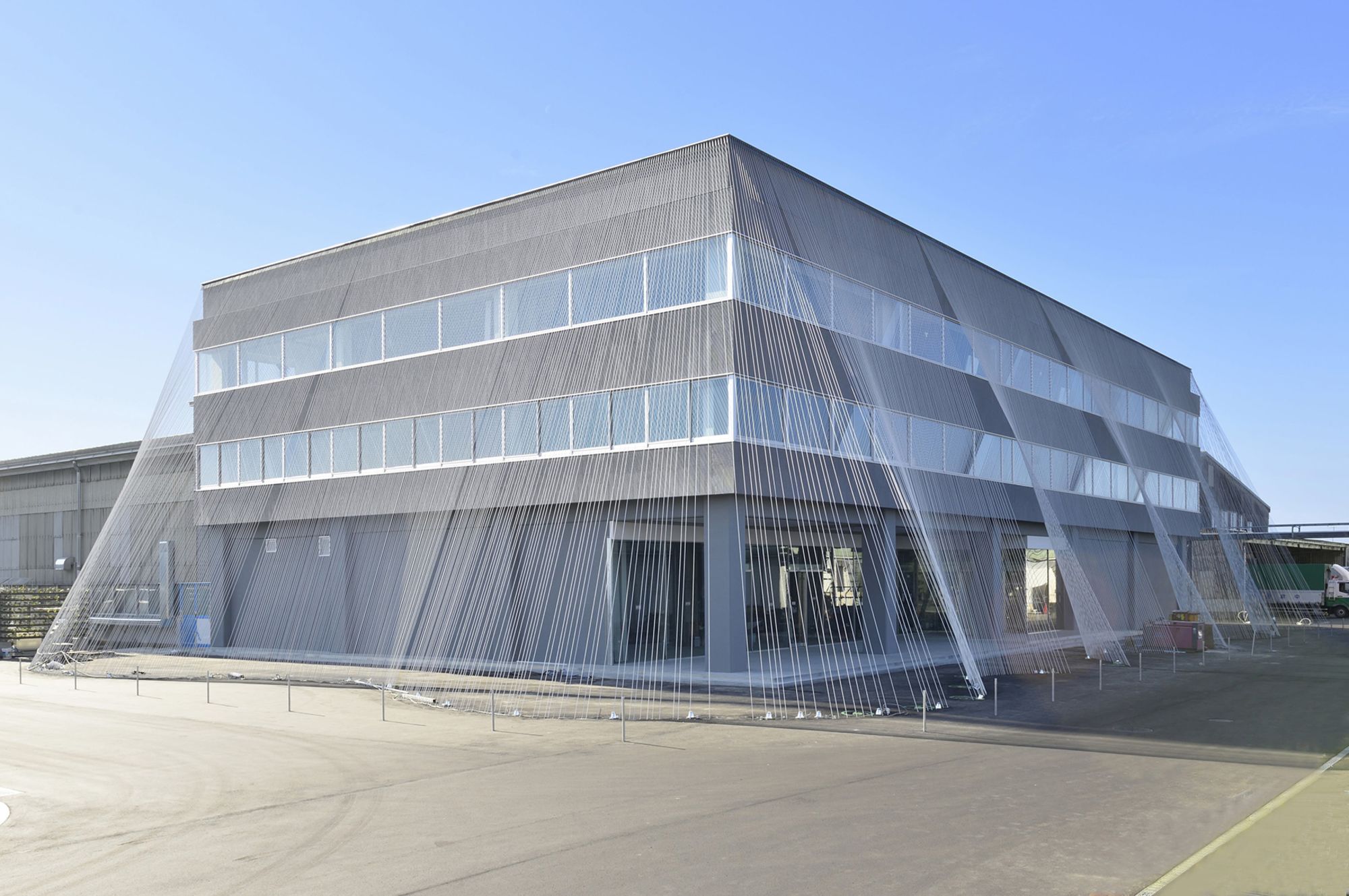Editor’s Note: Design for Impact is a series spotlighting architectural solutions for communities displaced by the climate crisis, natural disasters and other humanitarian emergencies.
Scenes of buildings reduced to rubble were beamed around the world this week following a 7.5 magnitude earthquake that struck Ishikawa prefecture on Japan’s western coast on Monday.
The full extent of the damage is still unknown. At least 270 homes in the region were destroyed, authorities said, though the final figure is likely to be much higher. This number does not, for instance, include Suzu or Wajima, a city of more than 27,000 people just 20 miles (32 kilometers) from the quake’s epicenter where fire department officials said about 200 buildings had burned down, according to public broadcaster NHK.
These reports speak to the personal tragedies faced by many of the region’s residents. But while no two seismic events are directly comparable, earthquakes of similar force in other parts of the world — like a 7.6 magnitude quake that caused the collapse of over 30,000 buildings in Kashmir in 2005, for example — have often wreaked far greater destruction.
By contrast, Ishikawa may have escaped lightly, according to Robert Geller, professor emeritus of seismology at the University of Tokyo.
“Modern buildings appeared to do very well,” he told CNN the day after Japan’s quake, noting that older houses “with heavy clay tile roofs” seemed to have fared the worst.
“Most single-family houses, even if they were damaged, didn’t completely collapse,” he said.
An adage of seismic design states that earthquakes don’t kill people — buildings do. And in one of the world’s most quake-prone countries, architects, engineers and urban planners have long attempted to disaster-proof towns and cities against major tremors through a combination of ancient wisdom, modern innovation and ever-evolving building codes.
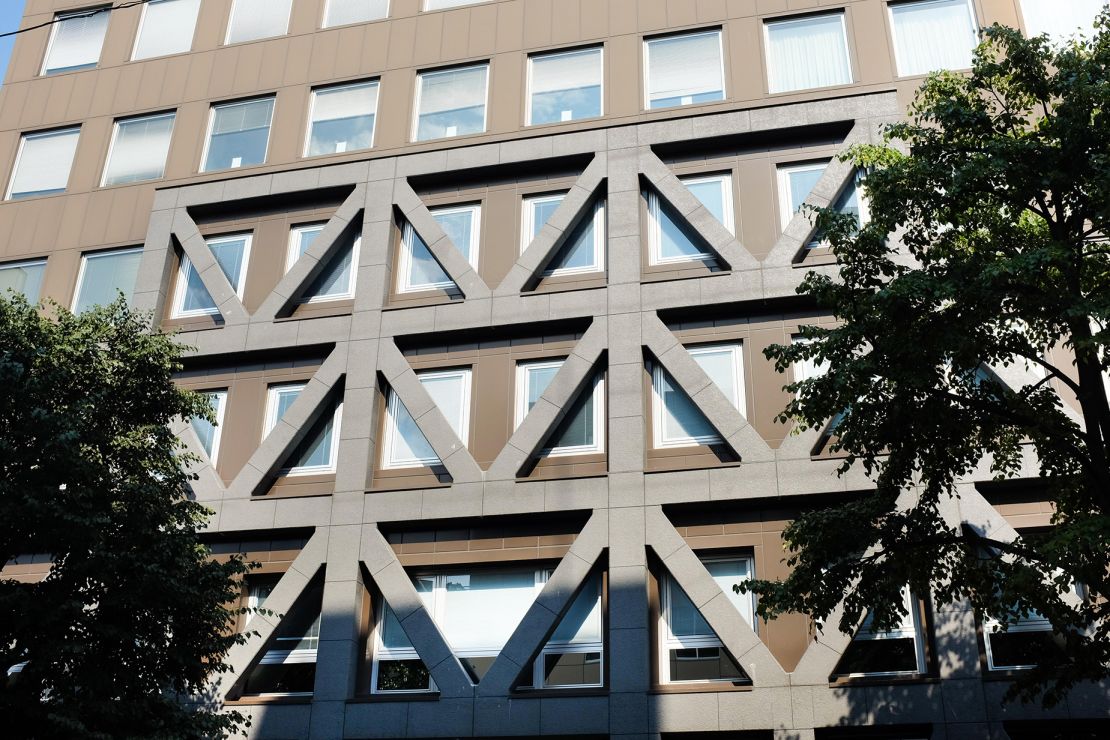
From large-scale “dampers,” which swing like pendulums inside skyscrapers, to systems of springs or ball bearings allowing buildings to sway independent of their foundations, technology has progressed dramatically since the Great Kanto earthquake flattened large parts of Tokyo and Yokohama just over 100 years ago.
But innovations mostly center on a simple, long-understood idea: that flexibility gives structures the greatest chance of survival.
“You’ll find a lot of buildings, especially hospitals and important critical structures, are on these rubber (bearings) so that the building itself can sway,” said Miho Mazereeuw, an associate professor of architecture and urbanism at the Massachusetts Institute of Technology (MIT), who explores Japan’s culture of preparedness in her forthcoming book “Design Before Disaster.”
“Conceptually, it all comes back to the idea that, rather than resisting the movement of the Earth, you let the building move with it.”
This principle has been used in Japan for centuries. Many of the country’s traditional wooden pagodas, for instance, have survived earthquakes (and are more likely to have succumbed to fire or war), even when modern structures did not. Take the Toji temple’s 180-foot (55-meter) tall pagoda, constructed in the 17th century near Kyoto — it famously emerged intact from the 1995 Great Hanshin earthquake, also known as the Kobe quake, while many nearby buildings collapsed.

Japan’s traditional architecture has much in common with that of neighboring Korea and China, though it differs in ways that reflect the country’s higher incidence of earthquakes.
In particular, pagodas’ remarkable survival rate has long been credited to “shinbashira” — central pillars made from tree trunks and used by Japanese architects for at least 1,400 years.
Whether anchored to the ground, resting on a beam or suspended from above, these pillars bend and flex while the building’s individual floors move in the opposite direction to their neighbors. The resulting shimmying movement — often compared to that of a slithering snake — helps counter the force of tremors and is aided by interlocking joints and loose brackets, and wide roof eaves.
Learning from tragedy
Buildings in today’s Japan may not all resemble pagodas, but skyscrapers certainly do.
Although the country imposed a strict height limit of 31 meters (102 feet) until the 1960s, due to the dangers posed by natural disasters, architects have since been permitted to build upwards. Today, Japan has more than 270 buildings higher than 150 meters (492 feet), the fifth most in the world, according to data from the Council on Tall Buildings and Urban Habitat.
Using steel skeletons that add flexibility to notoriously rigid concrete, high-rise designers were further emboldened by the development of large-scale counterweights and “base isolation” systems (like the aforementioned rubber bearings) that act as shock absorbers.
The property firm behind Japan’s new tallest building, which opened at the Azabudai Hills development in Tokyo last July, claims its quake-resistant design features — including large-scale dampers — will “allow businesses to continue operating” in the event of a seismic event as strong as the record 9.1 magnitude Tohoku earthquake that struck in 2011.
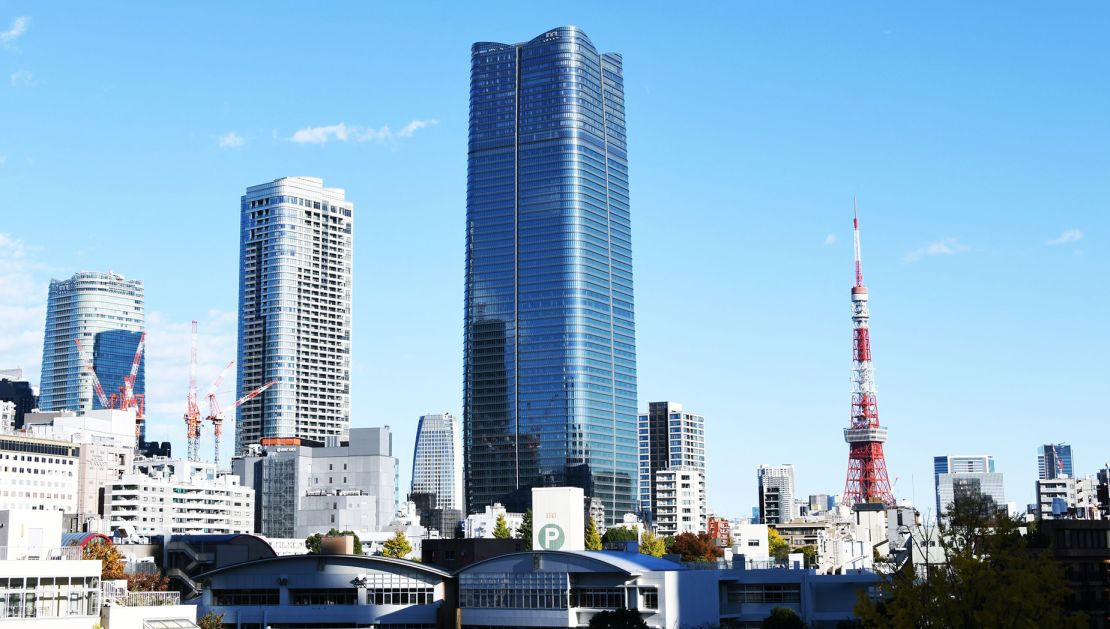
But for the many places in Japan without skyscrapers, like Wajima, quake resistance has been more about safeguarding everyday buildings — homes, schools, libraries and stores. And in this regard, Japan’s success has been as much a matter of policy as technology.
For one, Japan’s architecture schools have ensured — perhaps due to the country’s history of natural disasters — that students are grounded in both design and engineering, said Mazereeuw, who also directs MIT’s Urban Risk Lab, a research organization examining the seismic and climatic risks facing cities.
“Unlike in most countries, Japanese architecture schools combine architecture with structural engineering,” she said, adding that in Japan the two disciplines “are always tied together.”
Japanese officials have, over the years, also sought to learn from every major quake the country has faced, with researchers conducting detailed surveys and updating building regulations accordingly.
This process traces back to at least the 19th century, said Mazereeuw, explaining how the widespread destruction of new European-style brick and stone buildings in the 1891 Mino-Owari earthquake and 1923 Great Kanto quake led to new laws on city planning and urban buildings.
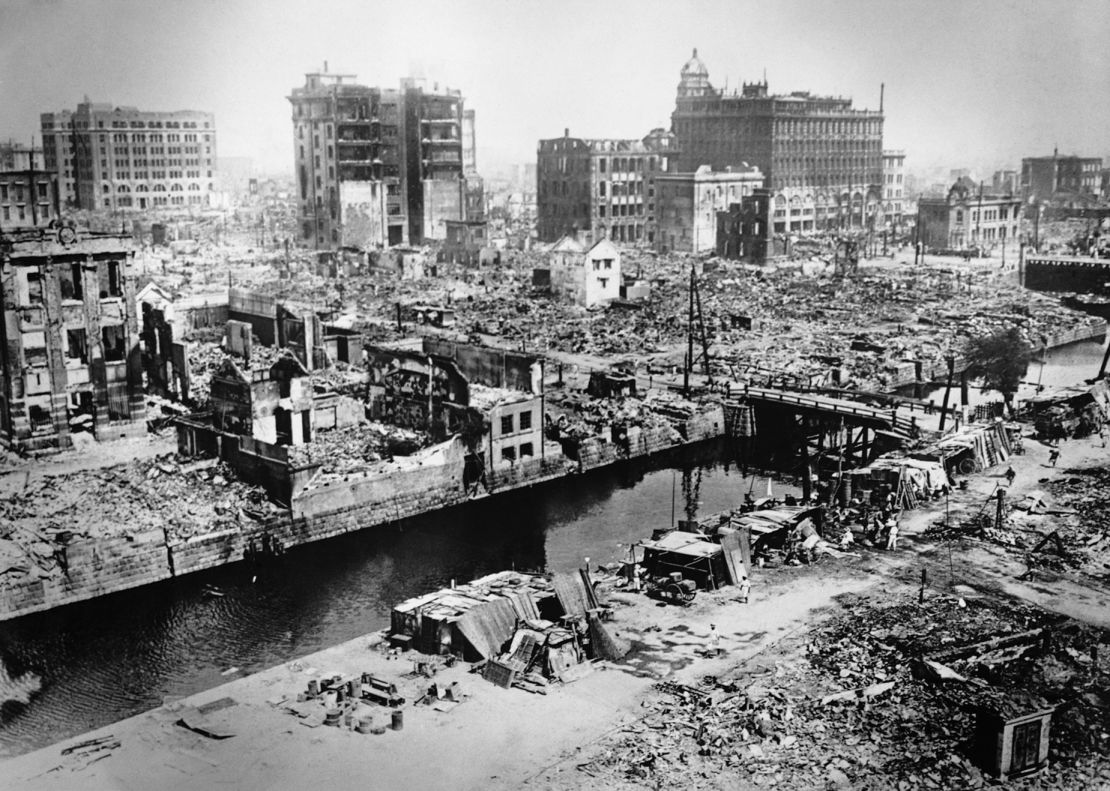
The piecemeal evolution of building regulations continued through the 20th century. But a code introduced in 1981 known as “shin-taishin,” or the New Earthquake Resistant Building Standard Amendment — a direct response to the offshore Miyagi earthquake three years earlier — proved a watershed moment.
Setting higher requirements for new buildings’ load-carrying capacity and requiring greater “story drift” (how much floors can move relative to one another), among much else, the new standards have proved so effective that homes built to pre-1981 standards (known as “kyu-taishin,” or “before earthquake resistance”) can be significantly harder to sell and more expensive to insure.
The first real test of regulations arrived in 1995 when the Great Hanshin earthquake caused widespread destruction in the southern part of Hyogo prefecture. The results were stark: 97% of the collapsed buildings had been built before 1981, according to the Global Facility for Disaster Reduction and Recovery.
Innovation and preparation
The 1995 quake sparked a nationwide drive to retrofit older buildings to 1981 standards — a process that city officials have incentivized through subsidies. Innovation has continued in the decades since, with Japanese architects often leading the pack when it comes to seismic design.
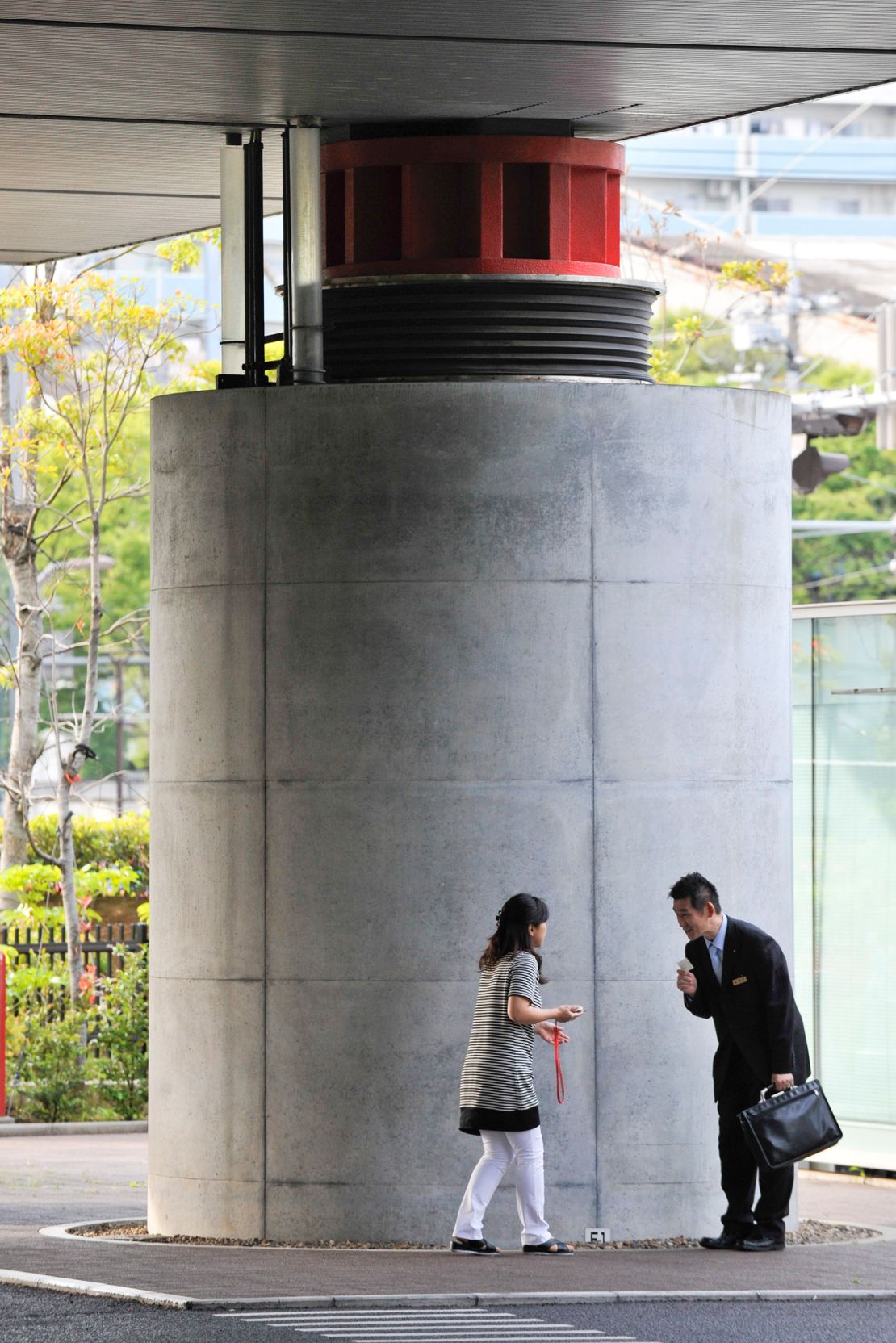
One of the country’s best-known architects Kengo Kuma, for instance, collaborated with the textile company Komatsu Matere in 2016 to develop a curtain comprising thousands of braided carbon fiber rods that anchor the firm’s headquarters — just 85 miles from the epicenter of Monday’s quake — to the ground like a tent (pictured top). More recently, he co-designed a kindergarten building, in southern Kochi prefecture, which features a quake-resistant checkerboard-style wall system.
Elsewhere, leading Japanese architects like Shigeru Ban and Toyo Ito have pioneered the use of cross-laminated timber (CLT), a new type of engineered wood that its advocates believe could transform how high-rises are built. (The first full-scale earthquake simulator test of an engineered timber tower took place at the University of California San Diego last spring, though whether plans for a 1,148-foot-tall CLT tower in Tokyo, proposed by Japanese company Sumitomo Forestry, can ever meet Japan’s strict building codes is another matter).
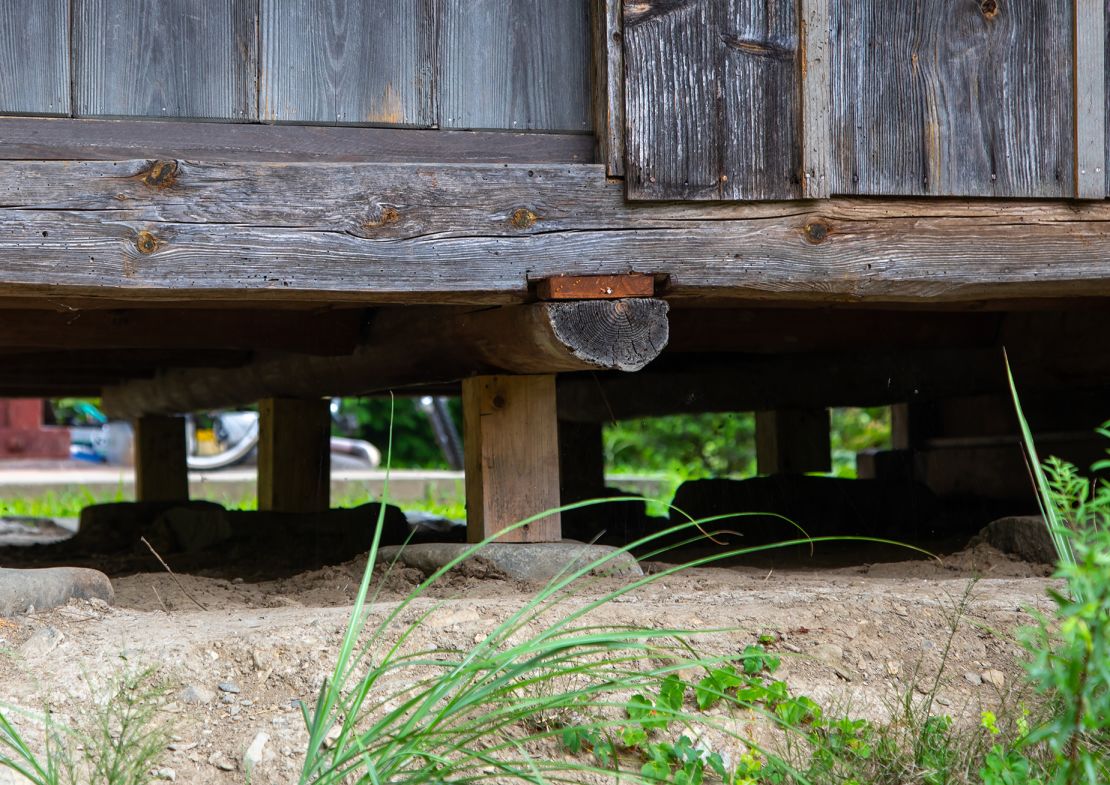
Advanced computer modeling also allows designers to simulate earthquake conditions and build accordingly. Still, the limits of most disaster-proofed buildings have, thankfully, never been put to the test.
“You have a lot of high-rise buildings, and a lot of effort has been put into designing them to be safe, but those designs are mostly based on computer simulations,” said Geller of the University of Tokyo. “We might not know whether those simulations are accurate or not (until) a big earthquake happens. If even one of those high-rise buildings collapses, there could be a lot of damage.”
As such, the question that has long troubled Japan’s engineers and seismologists remains: What if a large earthquake directly hit a city like Tokyo, something officials in the Japanese capital have warned there is a 70% chance of in the next 30 years?
“Tokyo is probably reasonably safe,” he added. “But there’s no way to know for sure until the next big earthquake actually happens.”
CNN’s Eric Cheung and Saki Toi contributed to this report.
Update: A quote about architectural schools in an earlier version of this story has been shortened for clarity.

